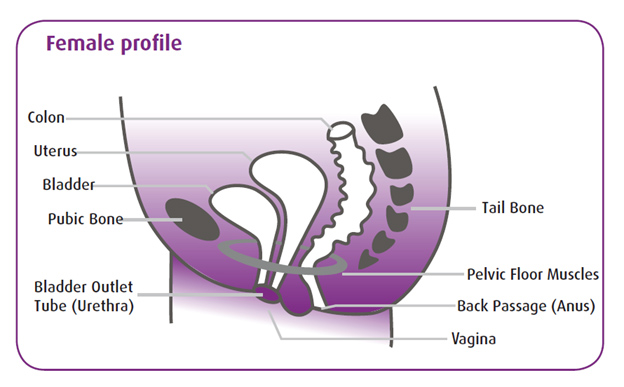Download this article as a PDF
Why so many more women?
More than 70 per cent of people who experience incontinence are women, with many experiencing problems after childbirth and menopause.
When you are pregnant you get a lot of advice from many people, but something few people talk about are bladder and bowel control problems in pregnancy and after the birth.
During childbirth pushing a baby through the birth canal places all sorts of stretching pressures on most of the pelvic organs. Some women seem to be able to withstand this stretching better than others. Weakened or damaged pelvic floor muscles leads to difficulty in controlling urination.
Many women are able to gain back some strength in these muscles by learning and practicing Pelvic Floor Exercises.
The damage of childbirth can be worsened by such things as long term coughing or sneezing, constipation and increased body mass.
Menopause is a time of change in a woman’s life. One of the changes many women notice is increased difficulty with bladder and bowel control. Decreasing hormone levels can also contribute to incontinence.
Incontinence affects women seven to eight times more often than men.
It’s important to understand that incontinence is not an inevitable part of ageing, nor is it necessary to accept long term incontinence after bearing a child. In many cases, it can be cured, and it can always be managed.
Women’s waterworks
To understand the problem, it helps to understand how your waterworks actually function.
- Kidneys filter urine from the blood and this is stored in the bladder.
- The bladder is a hollow muscular organ that holds the urine until you decide that you feel full (hopefully at about 300mls).
- When you reach the toilet, you relax your pelvic floor muscles and your brain gives permission for the bladder muscle to contract, squeezing the urine out through the urethra – the tube from the bladder to the outside.
- When the bladder muscle contracts, the muscle that holds the bladder outlet tube (urethra) shut during storage (called the sphincter), relaxes to allow the urine to pass through.
- The whole system is supported by the muscles of the pelvic floor that run from the tip of your tailbone through to the pubic bone (the front bone of your pelvis).
Urine is about 95 percent water and five percent waste. Some people incorrectly believe that by drinking less fluid, they will reduce their bladder control loss. In fact, urine that is more concentrated due to lack of fluid intake can irritate the bladder and cause more serious problems such as infection and dehydration. In addition, inadequate fluid intake can cause constipation, which may also make matters worse.



